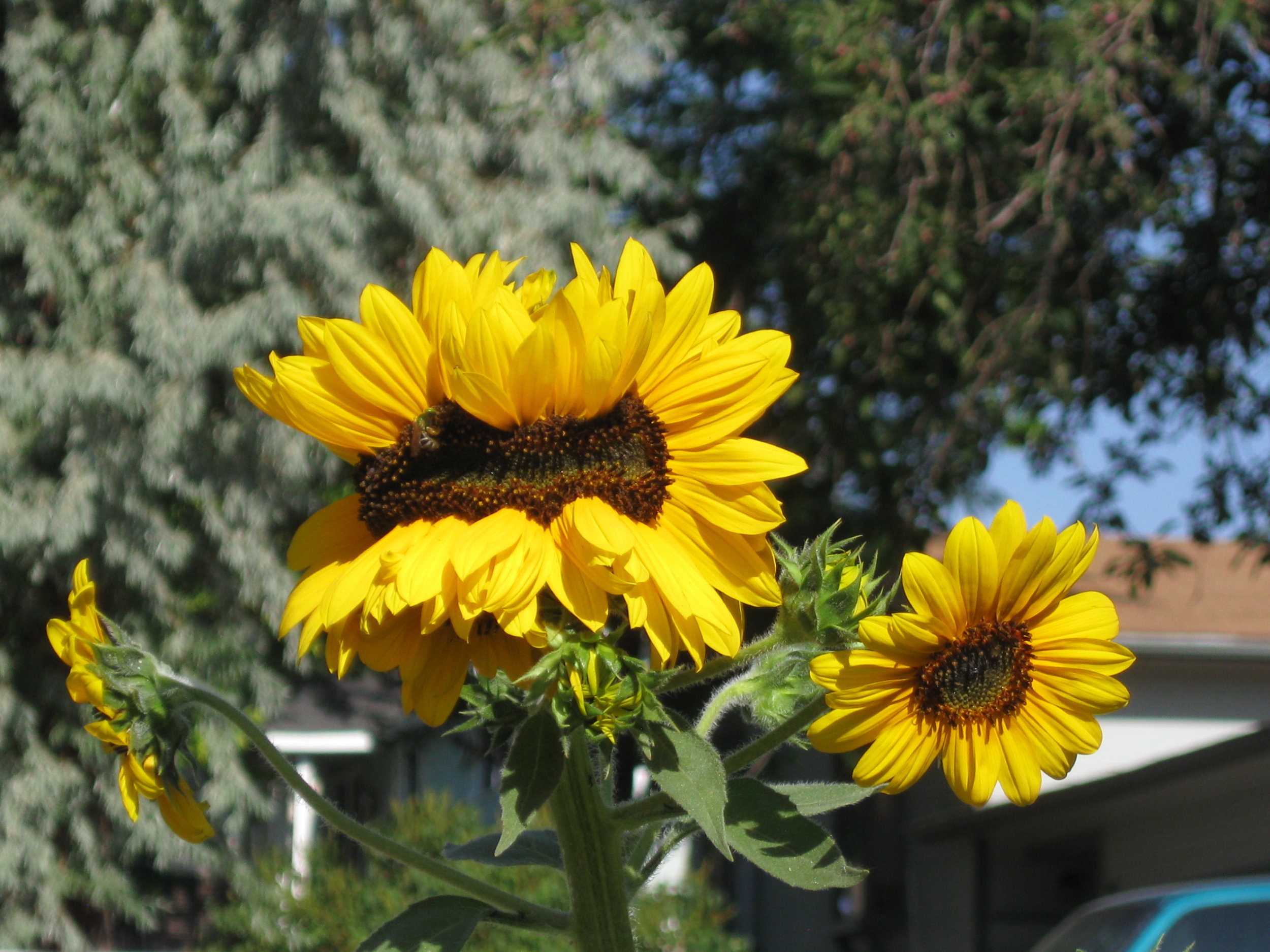“For it is a nostalgic, and intensely
American sound, and one that goes back,
as we find nearly everything precious does,
to childhood.”
Donald Culross Peattie
The naturalist Peattie is describing the sound of a whippoorwill he hears late at night out in the fields near his home. For me, the “most American sound” among birds, even yet, is the call of the mourning dove (Zenaida macroura). A bird about the same length as a ruler. A body with pleasing rounds and angles. A tapered tail that, when spread, opens into a sheath of multi-colored feathers, white-tipped with black spots. A luminescent beauty patch beneath the eye, the cheek, that shines in the sunlight when the bird turns its curious head. A velvety sky-blue lining around the eyes. A native species edged out now by the larger Eurasian Collared-Dove (Streptopelia decaocto), that appeared in our area about ten years ago—and whose calls sound like a loud mouth in a crowd (and there are so many now, both avian and human). Or a crazy woman, locked in an attic. Nothing soothing about them. All clamor. Opposite in every way to the cool, calm call of the mourning dove.
I dislike waking suddenly—a feeling that also goes back to childhood when my father thought the only way to wake children for school was with a vigor that bordered on the obnoxious. He would fairly burst open the door of my bedroom. If he knocked first (a protocol he and my mother insisted upon otherwise), he pounded. And he was already hollering from the hallway: “Time to get up!” Morning after morning, such a rude awakening. And if I didn’t respond quickly enough, to his way of measuring, he flicked the bedroom light off and on. To this day, my aversion to overhead lighting remains profound. Once, thinking he didn’t have my attention, he threw a marble at me. Where he got a marble at 6:30 in the morning I’ll never know. It missed my head, but dented the wall behind me.
It would have done no good to tell him that all his raucous ways were not as effective as the recording of a mourning dove’s call would have been. A softer approach. A small rap at the bedroom door, just saying, not shouting, that it was time to rise and shine. Even a gentle “C’mon, kiddo, it’s time to get up,” would have done it. Although I also know that, on his father’s side of the family, at least, it was believed that you couldn’t be taken seriously unless you were stern and loud.
The mourning doves are here now. In spite of their many collared cousins, a few of them prevail. They’ll stay for about another month, until the first frost drives them farther south, to Texas and beyond, where hunting seasons will further decrease their populations. Some few will over-winter, but not many. Those that remain will be quiet. But for now, lucky for me, the mourners perch in the Colorado blue spruce tree outside my bedroom window and wake me, easily and gently, a little before dawn. I’ll lie there and listen as I awaken more fully into the day, into consciousness, with a smile on my face. Theirs is the voice of ancient time, brought forward across millennia. Before we were, they were. I like to hear it.
And of course, those long memories prevail, from the growing-up years in Nebraska. Mourning doves at sunrise and sunset. And all day long. Out along the country roads in summer, as we made our way to and from our favorite fishing spot. Or to and from visiting friends. The long tail of dust rising behind us like that of an imaginary bird: a prairie phoenix. And then ahead, suddenly, always the inevitable real bird in the road. Invisible until the last minute. Same color as the road and the dust. And though not a fast flyer, always able to lift out of the way at the last moment.
A stubborn grey dove
picks wheat grains
from the road
feels the honking car
flaps two sluggish wings
to avoid tires
Ooh a
Ooh a
Ooh
illustration by Rodney Charles Brito



